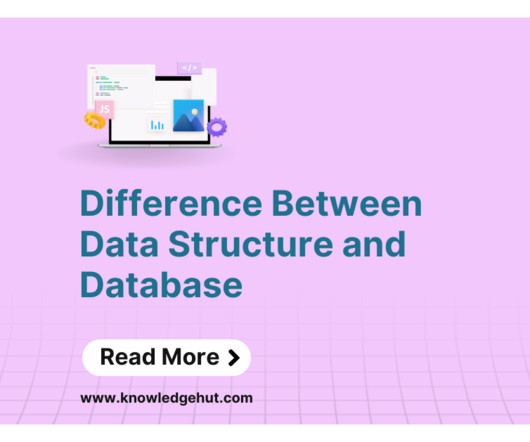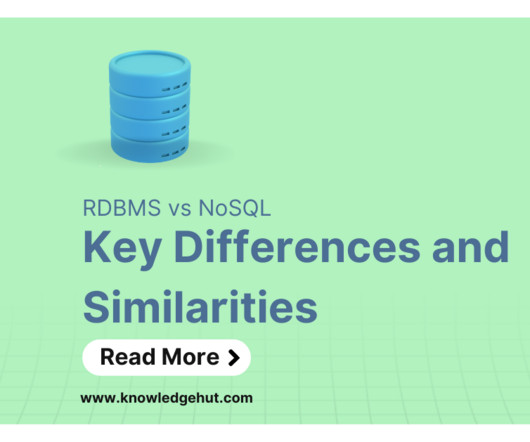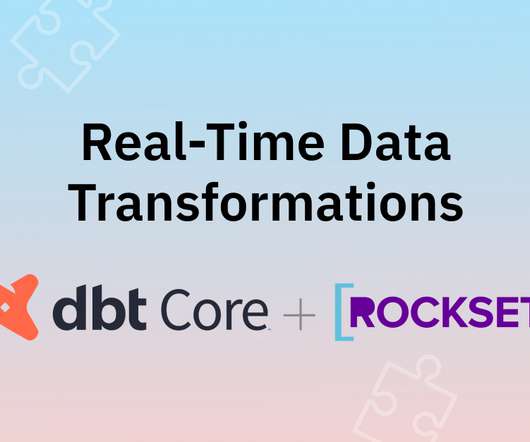Difference Between Data Structure and Database
Knowledge Hut
MARCH 27, 2024
Use Cases Ideal for applications requiring structured storage and retrieval of data, such as in business or web development. Essential in programming for tasks like sorting, searching, and organizing data within algorithms. Supports complex query relationships and ensures data integrity.













Let's personalize your content